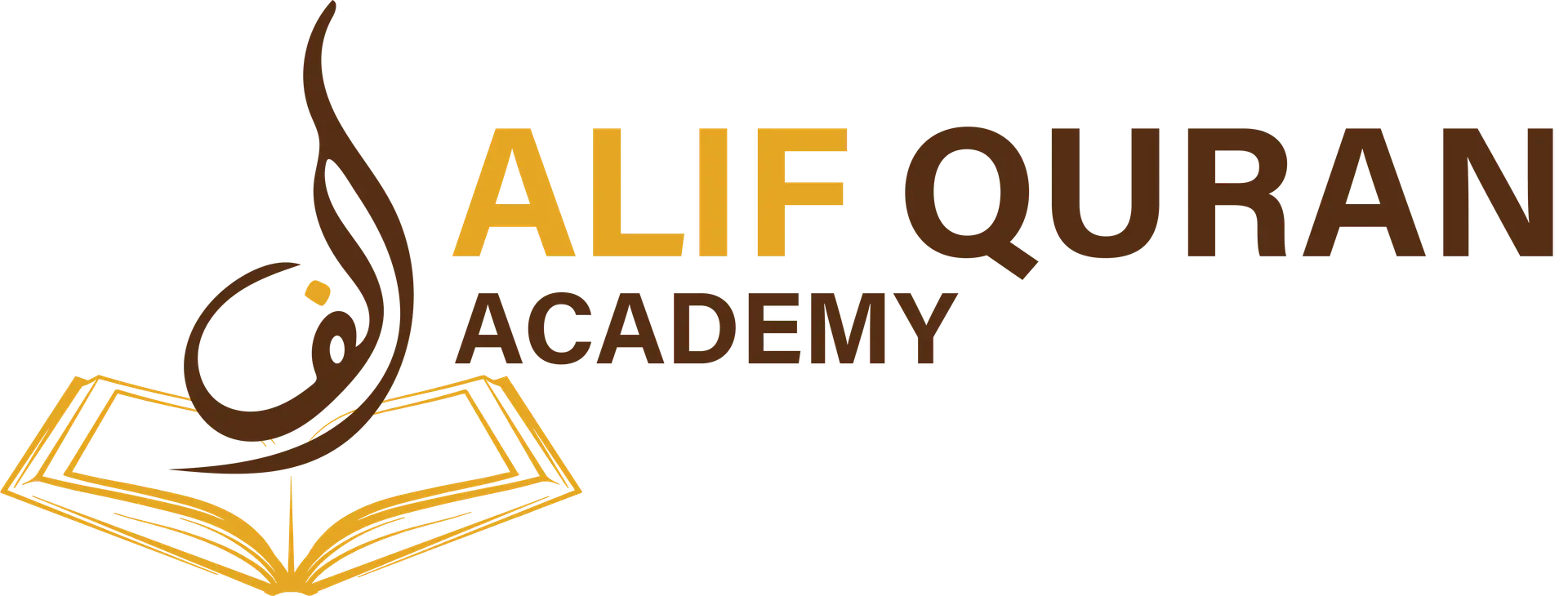Mastering Compound Letters: Your Key to Quranic Fluency
Welcome to the next stage of your child's Islamic education journey! If your young learner has successfully conquered the individual Arabic letters (Qaida Lesson 1), they are ready for the challenge of Compound Letters, which forms the core of Qaida Lesson 2. This lesson is arguably the most critical pivot point in learning to read the Quran, as it introduces the concept of connection and shape changes—the true building blocks of the Arabic script.
In Lesson 2, students learn that many letters transform their shape when joined with others. Without recognizing these compound forms, a child can never progress to forming and reading words. Traditional methods often rely heavily on rote memorization, leading to disengagement. Our Arabic compound letters game is designed to transform this complex lesson into an exciting, visually rewarding challenge, ensuring higher retention and enthusiasm.
The Challenge of Shape Transformation: The Baa Family
The primary hurdle in Qaida Lesson 2 is identifying how letters like Baa (ب), Taa (ت), and Thaa (ث) retain their base shape but drastically change their initial, middle, and final forms when joined. For example, when Baa joins Alif, it becomes با. When Taa joins Alif, it becomes تا. Recognizing that the dot position is the only differentiator in the joined form is key. Our game focuses specifically on these distinctions, providing instant feedback and repetition necessary for mastery. For a comprehensive overview of the whole foundational curriculum, see What is Qaida? Understanding Arabic Alphabets.
This is where the principles of gamification meet authentic Qaida learning. By making the identification process rapid and fun, we help children build the automatic recognition skills required for smooth Quran recitation (Tajweed). This immediate feedback loop is crucial for reinforcing correct associations and preventing bad habits before they start.
Boosting Retention: Our Strategic Approach
This content is strategically positioned to capture users searching for next-step Arabic learning. We use keywords like 'qaida lesson 2 compound letters' and 'join arabic letters game'. The interactive game ensures superior user experience metrics—specifically high time-on-page and low bounce rates—crucial signals for content quality and relevance.
This page supports a strong internal linking strategy. Since compound letters follow single letter recognition, a prominent link to Lesson 1 is provided. If your child needs to revise the foundations, they can always go back to our Arabic Letter Recognition Game (Qaida Lesson 1) for a quick refresher.
We use correct terminology: Compound Letters, Qaida Lesson 2, and Joining Arabic Letters. This detailed focus attracts parents and educators who understand the intricacies of early Quranic study.
How Our Compound Letter Game Works (Now Including 3, 4, & 5-Letter Chains)
The game now presents 20 rounds, challenging the student to identify a compound form from a choice of three visually similar options. We've added longer, more complex chains (3, 4, and 5 letters) to better test the recognition of **medial** (middle) letter shapes, simulating reading of actual Quranic words. For instance, the question might ask, "Which one is Haa-Baa-Alif?" and the options would be حبا, حقا, or حلا. This forces the child to focus purely on the structure and formation within longer words.
- Targeted Combinations: Focuses heavily on the Alif-Laam family (ل, لا), the Baa family (ب, ت, ث), and similar-looking joinable pairs (ج, ح, خ).
- Extended Chains: Includes 3-letter, 4-letter, and 5-letter examples to master **initial, medial, and final** letter forms.
- Visual Clarity: Options are displayed in large, clear, authentic Arabic calligraphy to minimize confusion.
The Next Step: Preparing for Harakat (Qaida Lesson 3)
Successful completion of this game signifies readiness for Qaida Lesson 3: Harakat (Short Vowels). The short vowels (Fatha, Kasra, Damma) give the letters their sound. Compound letter recognition is the prerequisite; knowing the shape با is useless until the child can pronounce it as 'ba' or 'bi' or 'bu'. By strengthening Lesson 2 knowledge now, you lay a solid foundation for the transition into vocalized reading.
Once this compound letter game is mastered, encourage your child to explore the vocalization stage with our dedicated resource on Understanding Qaida Movements (Harakats). This sequential learning path prevents frustration and ensures a logical, step-by-step mastery of the language, leading your child closer to fluent Quran reading.



